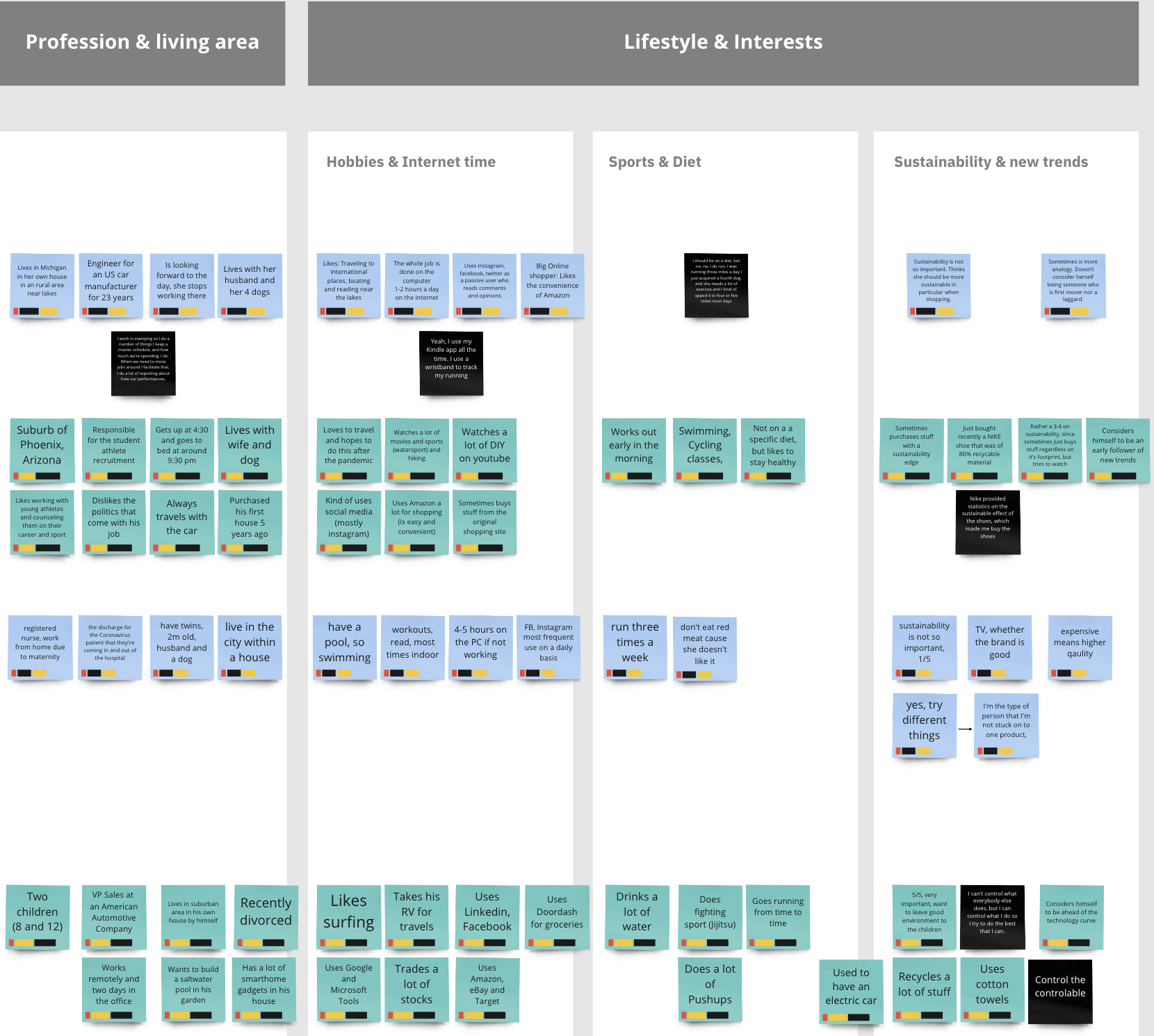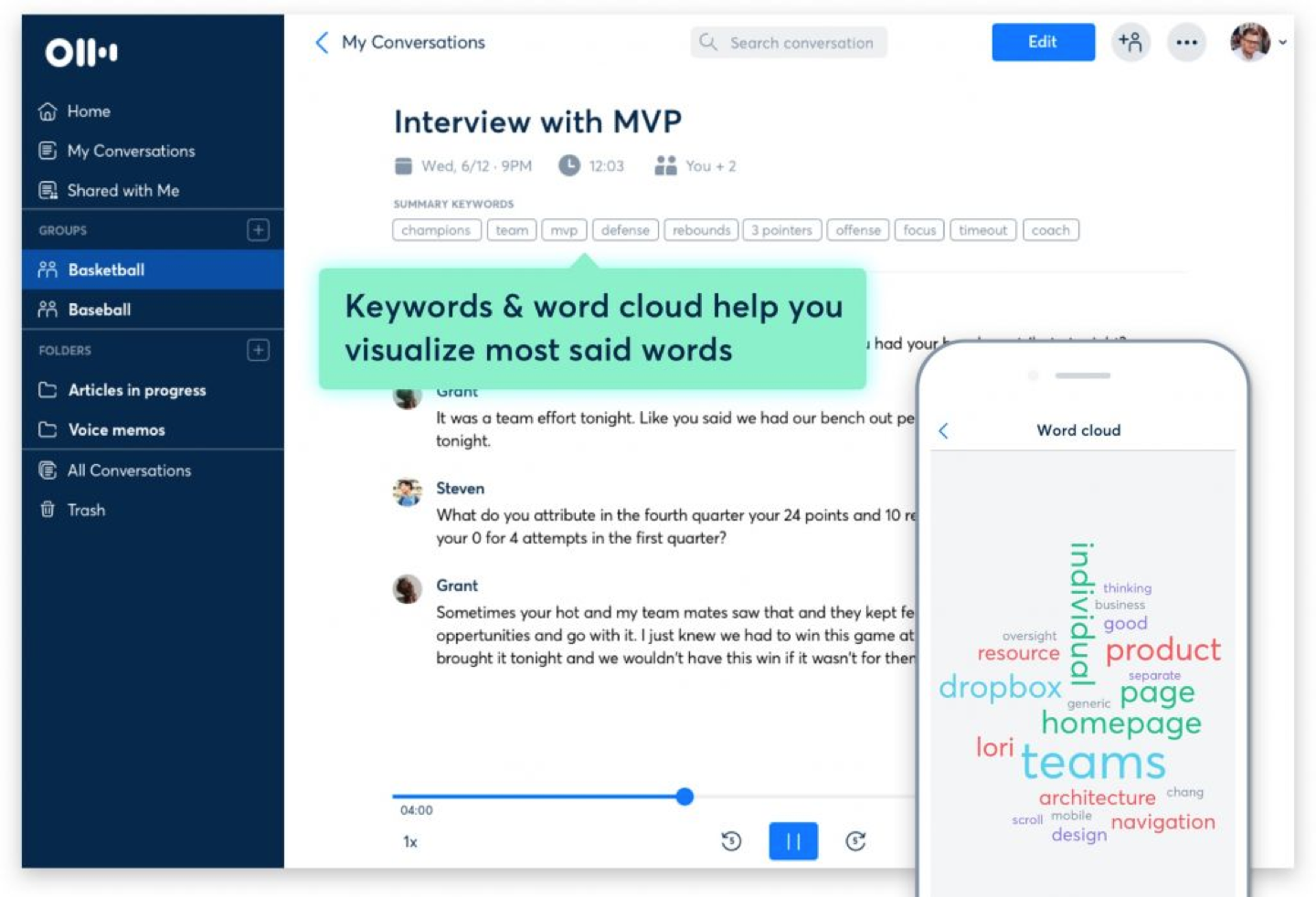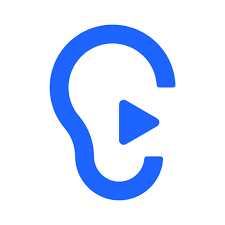¶ Data Transcription
During our interviews, all data is presented in words. Each point and sentence is a piece of information. We must rely on something other than our subjective and limited memory to process this massive data. Therefore, it needs to be properly collected in a structured manner for any further analysis and documentation.
We recommend two participants in each interview, one conducts the interview, and the other takes notes and preps the process.
How to collect qualitative data?
- Build the empty board on Miro or similar based on the drafted interview guideline (cluster each topic and prepare empty sticky notes)
- Use the tool Otter.ai (details below) to record and produce a real-time transcript.
- Take detailed notes directly on the board (each sticky note is one piece of information)
- After the interview, go back and check whether the interview notes are intact, and fill in details on important questions.

¶ Tools needed
-
Otter.ai(For English)
- Real-time transcript
- Automatically asked question recognition
- Speakers suggestions
- Online collaboration

- Miro or similar digital board
¶ GenAI Tool Use Case
¶ Efficient Interview Note-taking & Summarization
Users can leverage Otter AI's real-time voice transcription tool to efficiently record and summarize notes from interviews or meetings. This tool enables hands-free note-taking, enhancing user participation in interviews by allowing them to concentrate on engaging directly with the interviewee.
Key Workflows:
- Initiate Recording: Launch Otter.ai and start recording the interview.
- Engage in the Interview: Actively participate in the conversation with the interviewee while Otter.ai records and transcribes the audio in real-time.
- Highlight and Annotate Key Points: During the interview, use Otter.ai's annotation and highlighting features to mark important points, questions, or action items.
- Review: After the interview, review the transcript, annotations, and Otter.ai's summaries. Chat with OtterPilot for instant feedback on key points and decisions.
- Share and Export: Share the interview recordings, transcriptions, and summaries with team members for further analysis or follow-up actions.
Other Inspirational Tool:
iFLYREC

Real-time audio transcription software for Mandarin, supporting real-time translation in 9 languages.
